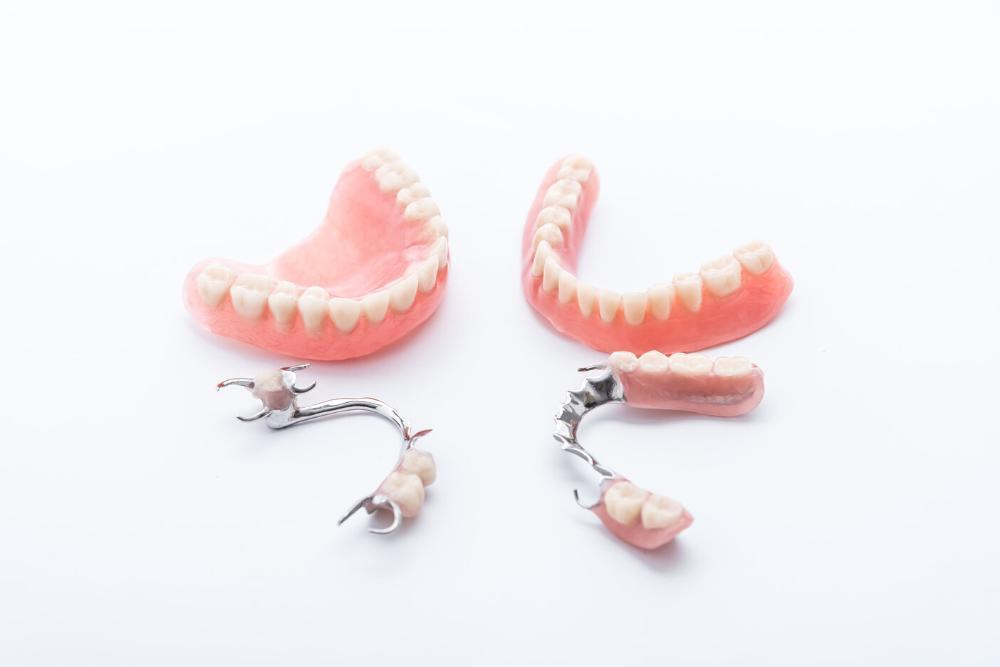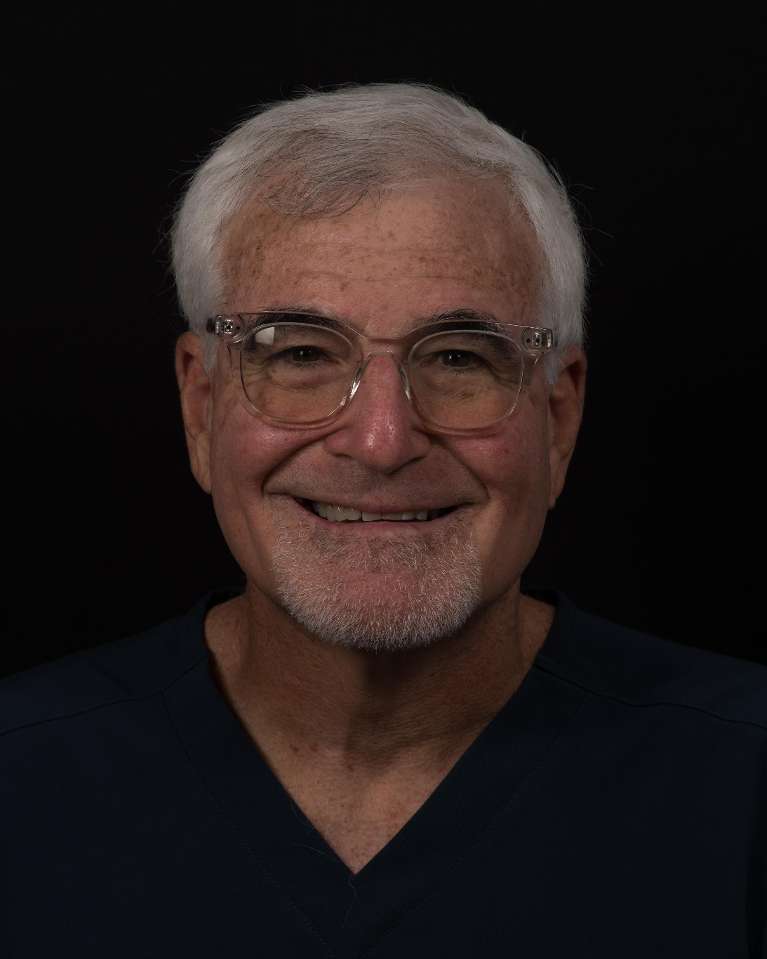Dentures Woodland Hills and Manhattan Beach, CA
Dentures are removable, manufactured teeth fitted to replace your missing teeth and surrounding tissues. There are two types of dentures available: partial or full. Partial dentures will supplement any missing teeth by using your existing teeth for support. Full dentures will replace all missing teeth and supporting tissues. Both partial and full dentures can have their retention improved by utilizing and attaching to dental implants.
After your damaged teeth have been removed and the gum tissue has started to heal over a six to eight-week period, your dentures are ready to be placed. The healing process will be complete before the dentures are placed in your mouth.
If all of your teeth are being removed, we will be placing an immediate denture that will be adjusted and relined with soft material while the bone and gums are healing. Six months after the extractions, once the bone and gums have completely healed, the entire denture will be permanently relined to ensure a comfortable and great fit.
Fabricating custom-fitting dentures will be a multiple visit procedure. The process begins with your medical review and a full oral exam. The dentist will sit with you and decide specifically what will work best for your mouth for the best results. Oral measurements and impressions will be taken by your dentist to ensure a proper fit. Once you receive your dentures, several follow-up appointments may be required to fine-tune them and achieve a comfortable fit.
It may take several weeks to get used to the fit of your new dentures. This timeframe can be greatly reduced by having one of our dentists place dental implants to secure the dentures.
Find the perfect fit with your dentures by contacting Modern American Dentistry to reserve your initial, no-obligation consultation today.
Removable Complete Dentures in Woodland Hills
Removable Partial Dentures
Implant Retained Removable Denture in Manhattan Beach
Implants can be used to aid in the retention of upper or lower dentures. They are most commonly used with lower dentures.
Upper dentures generally work well because the tissues of the palate can be slightly compressed thus creating suction. The stiffness and shape of the tissues of the palate determine the degree of suction achievable and if adequate suction cannot be achieved, implants can help.
Lower dentures on the other hand are only held down by gravity. We have the added challenge of the tissues such as the tongue and the cheek moving and displacing the denture. Adhesive can aid in this situation. Bone resorbs more rapidly on the bottom (mandible) than the top and it is often challenging to fabricate a stable lower denture.
There are two solutions for aiding in the retention of dentures.
- With no remaining teeth, implants can be used which give us something to attach the denture to. There are three parts. The implant itself, the abutment, and the female part that sits inside the denture and snaps onto the abutment. The implant is double threaded. It has threads on the outside that hold it in the bone and threads on the inside which allow us to screw something into it. This is the abutment. The abutment that is used with dentures is called a locator abutment. It sticks out of the gum and has a female part that snaps on top of it. This provides a connection between the implant and the denture and provides stability and anchorage for the denture
- If any healthy roots are remaining they can be decoronated (cutting the top of the tooth off down to the gum), root canals performed, and posts cemented into the tooth that has the same shape as the locator abutment. In this situation, the healthy roots replace the implant and the denture attaches in this fashion. Active periodontal disease or loose roots may compromise our ability to use them for anchorage.
With two implants we can fabricate a removable denture. This is taken out at night daily.
Screw Retained Fixed Denture
With the placement of 4 to 6 implants a fixed solution is possible. This is not removed by the patient on a daily basis but can be removed by the dentist for cleaning once or twice a year.

 Complete Removable Dentures
Complete Removable Dentures


